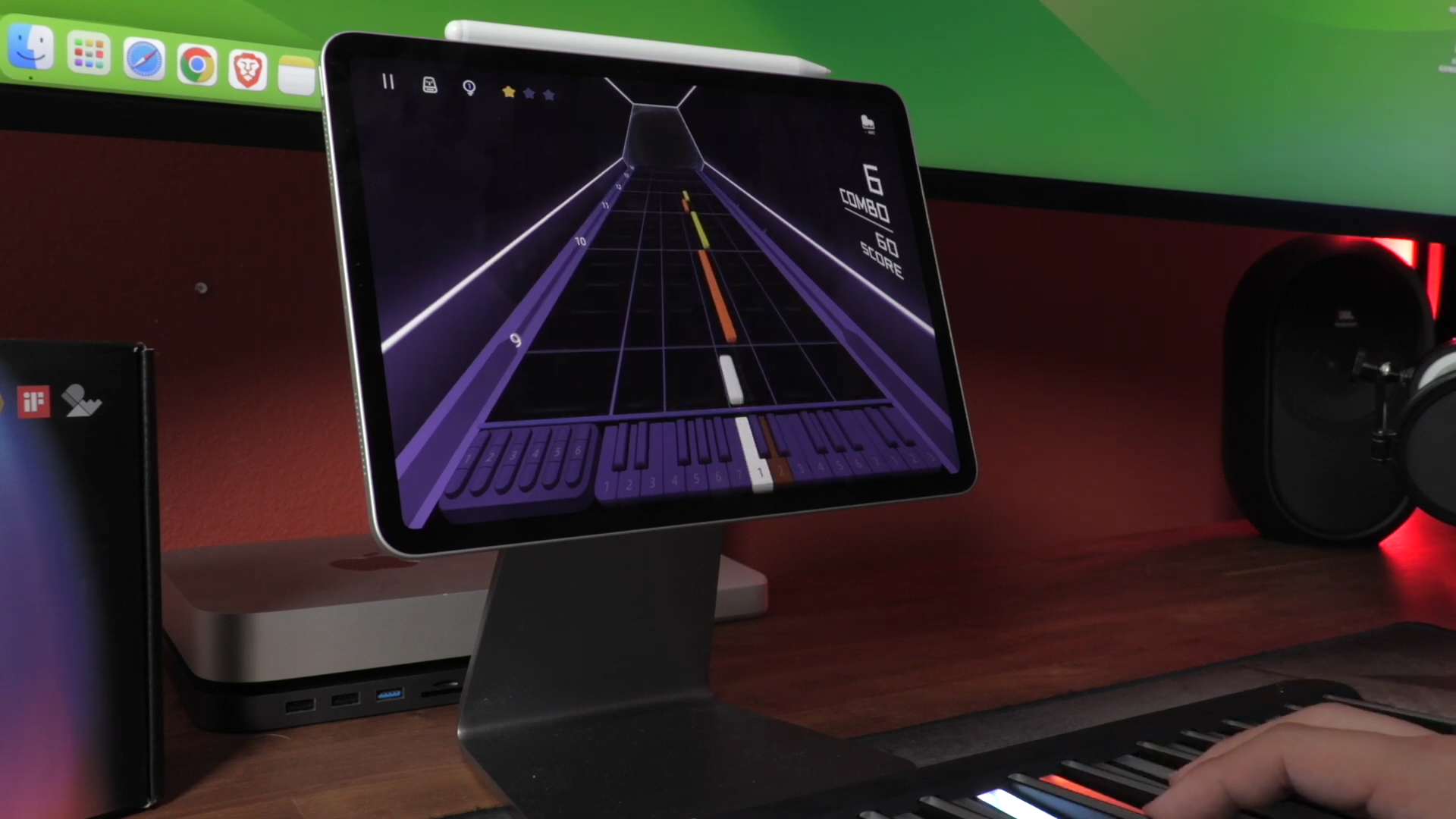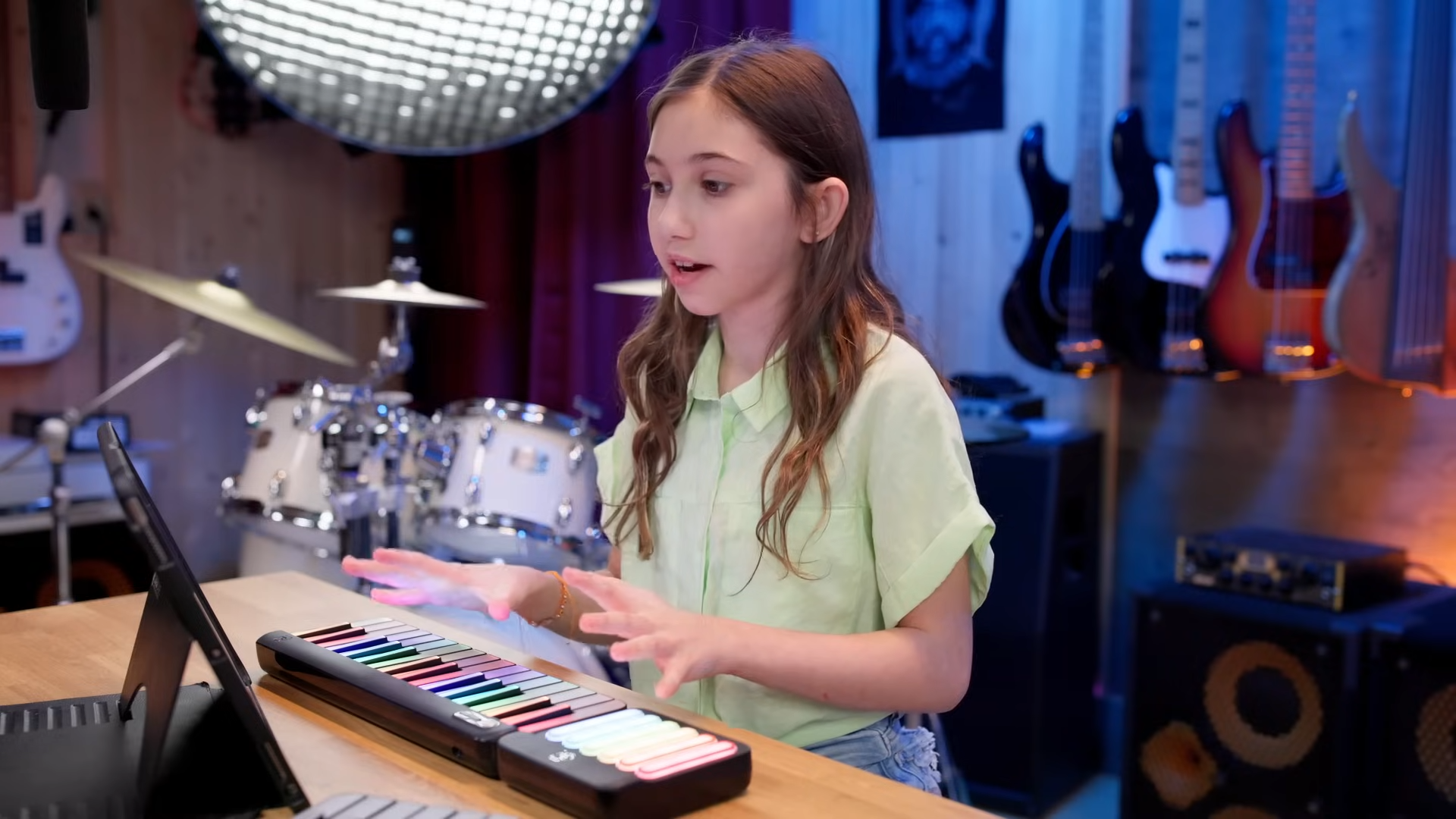
If you’re comparing traditional piano vs digital piano cost, you’re probably asking two things: how much are pianos up front, and what will you keep paying over the years? This guide breaks down realistic price ranges, hidden expenses, and decision shortcuts—so you can choose the most affordable piano for your situation without sacrificing the joy of playing.
You’ll see wide ranges because quality, size, and condition vary a lot. Use these typical US price bands as a starting point:
Acoustic (traditional) pianos
Digital pianos & keyboard pianos
If you came here wondering how much a digital piano is, the short answer is: you can start around $300–$800 and get a solid beginner experience, then step up as your needs grow.
The smartest way to compare traditional piano vs digital piano cost is to look beyond the purchase to ongoing expenses—your TCO.
|
Cost Area |
Acoustic (Traditional) |
Digital |
|
Tuning & Maintenance |
Tuning 1–2x/year ($100–$180 each), action regulation every few years, humidity control |
No tuning. Occasional firmware updates; rare repairs |
|
Delivery & Moving |
Professional moving recommended ($200–$600 local; more with stairs/grands) |
Often manageable by two people; some ship free |
|
Space & Climate |
Stable humidity/temperature helpful; takes dedicated space |
Desk‑friendly; works in most rooms |
|
Noise & Practice |
Always acoustic volume |
Headphones for silent practice |
|
Resale |
Good brands/conditions hold value; poor condition drops fast |
Holds value of well‑known model; tech ages over time |
|
Longevity |
Decades with care |
5–15+ years depending on quality and use |
When you compare models, you’ll find that cost of digital piano tracks closely to a few features:
Where to save: If you’re a first‑timer, an affordable piano around $350–$800 with decent action, headphone support, and lesson integration will cover a year or two of growth.
Where to spend: If you want an “acoustic‑ish” feel without tuning, a midrange to premium digital with graded action and bigger speakers is worth it.
Acoustic pricing varies with size, brand, and condition:
Where to save: A carefully chosen used upright from a reputable source can be a great entry.
Where to spend: If you love acoustic tone and touch, a well‑maintained studio upright or baby grand can last decades.
Use these real‑world cases to decide whether a cheap digital piano or entry acoustic will be more affordable over time.
Spend more on:
Save on:
If you want the lowest barrier to consistent practice, consider a light‑guided smart keyboard that pairs with app lessons. Follow‑lights show where to place your fingers, the app can slow tricky passages, and headphones keep things quiet. It’s a practical middle ground between a cheap digital piano and a premium cabinet model—and a solid answer when you’re weighing traditional piano vs digital piano cost for a first instrument.
Choosing between traditional piano vs digital piano cost comes down to more than the sticker. For many beginners and busy households, a digital piano is the affordable piano with the lowest lifetime cost—quiet practice, no tuning, and easy setup. If you’re drawn to acoustic resonance and have the space and budget, a well‑kept upright or baby grand is deeply rewarding.
Expect $350–$800 for a reliable starter with decent key feel, headphone support, and lesson integration. That range balances cost and longevity.
Around $200–$400 can work for absolute basics, but spending a bit more often gets you better action and speakers—worth it if you’ll practice regularly.
No. That’s a major reason their lifetime cost stays low compared with acoustics.
An expensive keyboard piano usually adds graded or wooden actions, powerful speakers, realistic sound engines, furniture‑style cabinets, and premium build quality.
Yes, if it’s well-maintained. Budget for an inspection, delivery, and tuning 1–2 times a year. A healthy studio upright can be a lifetime instrument.
Read more

Can You Learn Piano Without a Teacher? A Beginner’s Guide
Can you learn piano without a teacher? Yes—millions of beginners get started on their own and make steady progress with the right plan. If you’ve ever asked “can you teach yourself piano?” or sear...

MIDI Controller vs Smart Keyboard for Beginners
If you’re just starting out, It’s easy to mix up a MIDI controller with a smart keyboard. Both have piano‑style keys. Both connect to phones, tablets, and laptops. Both can help you make music. But...